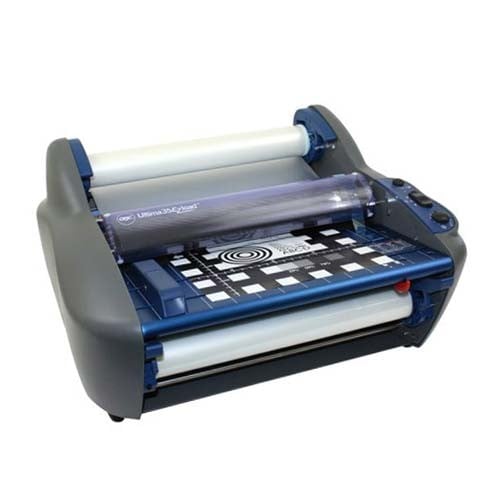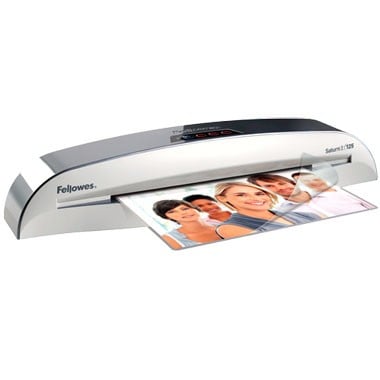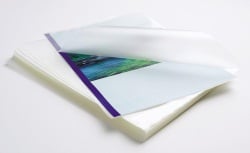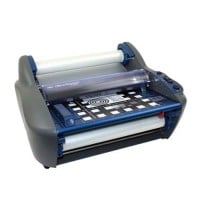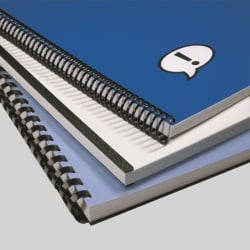MyBinding Knowledge Base
- Binding (248 Article)
- General Binding (42)
- Plastic Comb Binding (57)
- Fastback Binding (59)
- Perfect Binding (2)
- Modular Punching (8)
- Zipbind (3)
- Twin Loop Wire (13)
- Coil Binding (22)
- Thermal Binding (14)
- Strip Binding (1)
- VeloBind (4)
- Binding Covers (14)
- Proclick Binding (10)
- SureBind (4)
- Screw Post (2)
- Hole Punches (2)
- Staplers (4)
- Komtrak Insprial Binding (2)
- Paper (1)
- Rhin-O-Tuff (5)
- Binding Machines Comparison (17)
- Laminating (109 Article)
- General Laminating (26)
- Roll Lamination (16)
- Pouch Lamination (36)
- Pouch Board Laminator (3)
- School Laminator (3)
- Foil Laminating (3)
- Royal Sovereign Laminators (10)
- Laminators Comparison (3)
- Boards (11 Article)
- Bulletin Boards (3)
- Whiteboards (5)
- Chalkboards (1)
- Paper Shredders (44 Article)
- General Shredding (35)
- Industrial Shredders (1)
- Cross-Cut Shredders (2)
- Cardboard Shredders (1)
- Multimedia Shredders (1)
- Personal Shredders (1)
- High Security Shredders (2)
- Ring Binders (9 Article)
- Specialty Binders (2)
- Reinforced Paper (1)
- Health Care Punched Paper (1)
- Perforated Paper (2)
- View Binders (1)
- Index Tabs (9 Article)
- Index Tab Dividers (2)
- Copier Tabs (4)
- Pocket Folders (1)
- Custom Index Tabs (1)
- Pre-Printed Index Tabs (1)
- Paper Handling (37 Article)
- Paper Folders (9)
- Paper Joggers (2)
- Guillotine Cutters (4)
- Rotary Trimmer (3)
- Electronic Paper Cutters (1)
- Corner Rounders (2)
- Paper Scoring (2)
- Paper Drill (2)
- Booklet Makers (3)
- Stack Cutters (1)
- Paper Handling Equipment Comparison (5)
- ID Accessories (12 Article)
- Badge Holder (1)
- Lanyards (8)
- Badge Reels (1)
receive
$5off
*On order $25 or more.
Why should I Use Pre-Punched Paper?
One of the more time-consuming parts of the binding process is punching the pages of your document, especially if your punch can only handle a few sheets at a time. However, did you know you can save a lot of time – and a bit of money – by using pre-punched paper? You can and chances are, there’s paper that’s perfect for your particular binding device. Here are five reasons to use this type of binding supply.
1.) To save time. Saving time is a priority for most people especially if you have a heavy workload. If your workday is already busy, taking the time to punch a lot of pages for a bound document can be a nuisance. Using pre-punched sheets can solve that problem for you. You can run it through your inkjet or laser printer as well as your photocopier, so your pages will be ready to bind much more quickly. That way you can move on to other projects and not get hung up in the binding process.
2.) To save money. It’s totally possible to save some cash by using pre-punched paper. For one thing, if you own a standalone binding device such as a plastic comb opener or a GBC ZipBind spine closer, you won’t need to purchase a hole punch, let alone an entire binding machine. That can save you hundreds of dollars right there. Also, these supplies are perfectly punched so you won’t have to throw out any pages that weren’t punched properly.
3.) There’s paper for just about every binding method. There are a lot of pre-punched supplies available, so there’s probably some to use with your machine whether it utilizesplastic combs, twin-loop wire, color coils, or ZipBind spines. If you’re using a wire binding device, there are sheets that can be used with both 2:1 and 3:1 pitch machines. There are also supplies that have been pre-punched for use with VeloBind devices and three-ring binders.
4.) Choose the best size and color for your document. Another great thing about pre-punched paper is that it comes in a variety of sizes and colors. Available sizes include standard letter-size (8.5″ x 11″), half-letter (8.5″ x 5.5″), and legal-size (8.5 x 14″), as well as 11 x 17″ and A4. As for colors, just about every shade in the rainbow is represented. Whether you like blue, purple, pink, yellow, green, or gray, you’ll find just the right color for your document.
5.) Get the right weight. Finally, this type of paper comes in numerous weights. The most common is 20 lb. bond, which is the weight usually used for everyday printing and copying. Heavier weights such as 28 lb. and 32 lb. are also available, and are great for when you want your pages to be a bit more durable. You could also use the thicker weight sheets as covers for your documents, although there are pre-punched covers you can also purchase. (And, honestly, they’ll make your document look a lot better.)
Now that you have five reasons for using pre-punched paper, can you imagine going back to punching your pages yourself? We didn’t think so. Get some pre-punched paper now and get ready to save time and money while also producing beautiful books!
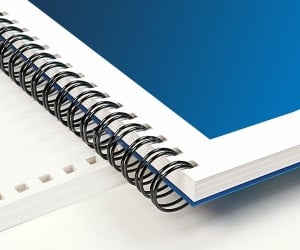
< Over the years, a number of customers have asked me whether they can use twin loop wire with their plastic comb binding machine. These customers often don’t want to have to buy a brand new machine but like the look and feel of twin loop wire binding. However, the answer to their question isn’t as simple as it seems. You see, they actually do make twin loop wire that is designed to work with the plastic comb binding hole pattern. With that said, if you want to use these wires you are going to need a way to close the wires. What is Spiral-O Wire? Let me explain a little bit more…There is a product that we carry called Spiral-O Wire. This wire has 19 loops and is designed to work with the hole pattern from a plastic comb binding machine. Spiral-O Wire is sometimes called Wire Combs or Ibico Wire and was originally designed for use with some of the older Ibico binding machines. A number of the older Ibico plastic comb binding machines also included a twin loop wire closer on the front of them to allow users to use both plastic combs and wire. This 19 loop wire was designed for this purpose. What Equipment is Needed? As the Ibico brand has been phased out by GBC and all of the older Ibico plastic binding machines have been replaced with new models, they no longer have the twin loop wire closer on the front of them. This presents a problem in trying to use these spiral-o wires since you can’t use the wires without a way to close them. One of the only options left is to purchase a Twin Loop wire closer. However, since twin loop wire closers are not incredibly cheap this option usually only appeals to users who have larger electric plastic comb binding machines. Otherwise, it is often advisable to simply buy a low end 3:1 pitch twin loop wire binding machine (the supplies are cheaper). This being said, if you have one of the older Ibico binding machines that has a wire closer included you are in luck. The Spiral-O binding supplies that we carry will work perfectly with your machine and you will be able to use both plastic combs and wire depending on your needs. These Spiral-O binding supplies are available in Black, Silver, White, Blue and Red and in sizes up to 1″ in diameter. If you aren’t sure what type of wire binding supplies that you need to work with your machine simply give us a call. Our trained sales representatives will be glad to help you find the correct supplies for use with your machine.(Read More)
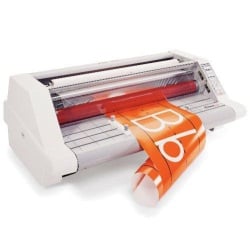

Loading...


